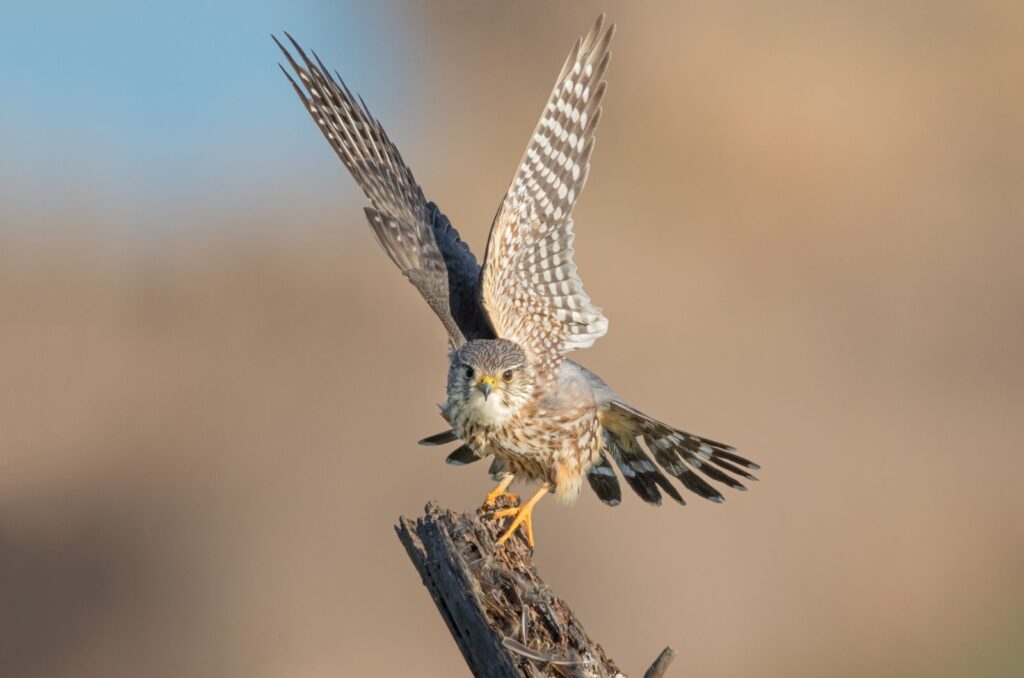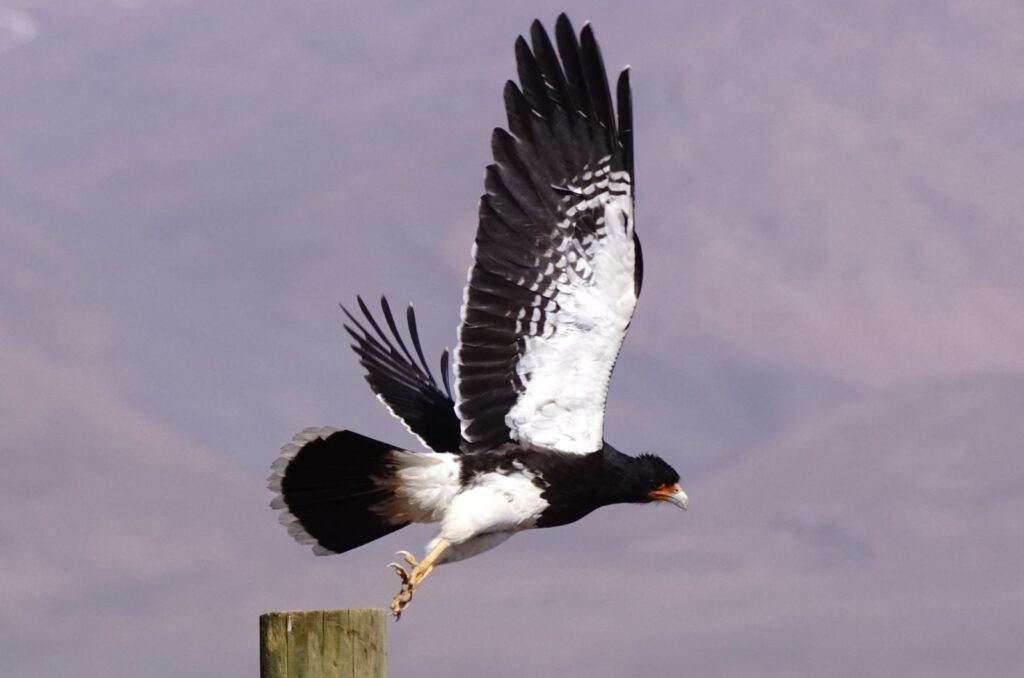13 Majestic Birds Of Prey That Flourish In Mountainous Regions
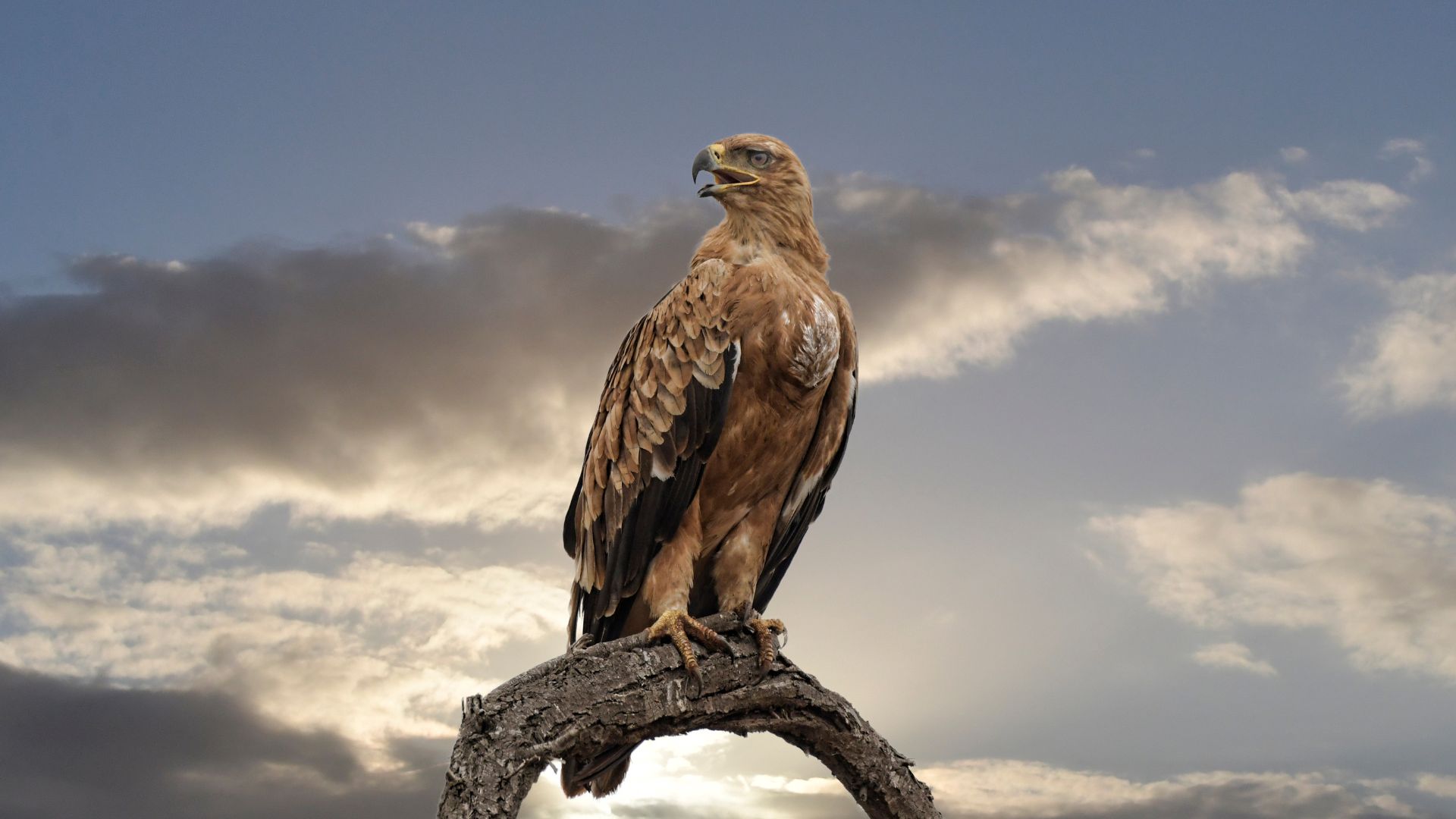
Mountainous regions offer unique landscapes where some of the world’s most majestic birds of prey soar through the skies, ruling their territories.
These birds have adapted to the challenging environment, using their incredible vision, hunting skills, and powerful wings to thrive in these rugged habitats.
In this article, we highlight 13 majestic birds of prey that flourish in mountainous regions, showcasing their remarkable abilities and the vital roles they play in their ecosystems.
1. Golden Eagle
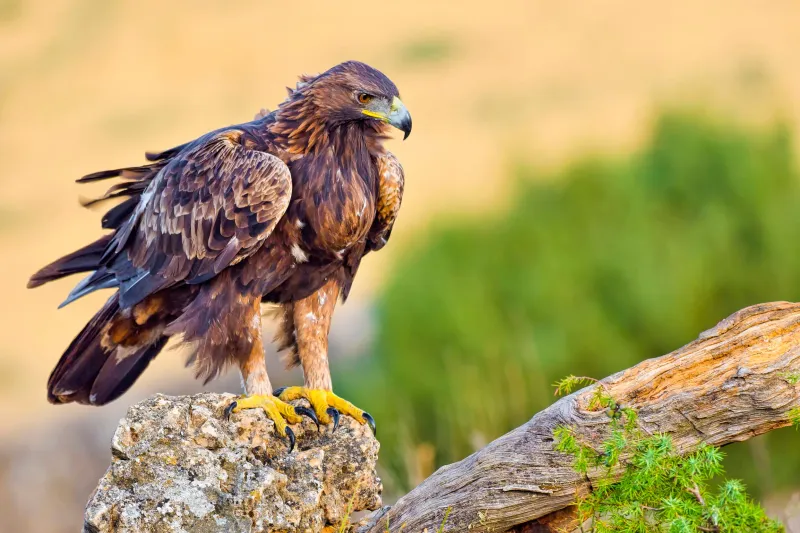
The Golden Eagle is one of the most renowned birds of prey, known for its impressive size and hunting prowess. These magnificent birds are often seen soaring over the rugged cliffs of mountainous regions, where they hunt for small mammals with remarkable precision.
Golden Eagles have a wingspan that can reach up to seven feet, allowing them to glide effortlessly on thermal currents.
Their plumage is a stunning mix of dark brown with golden highlights on the back of their heads, which is how they got their name. These eagles are solitary hunters, often seen alone or in pairs.
Despite their prowess, Golden Eagles face challenges in the wild, such as habitat destruction and human interference.
Conservation efforts are crucial to ensure that these majestic birds continue to thrive in their natural habitats. By protecting their environment, we can help maintain the delicate balance of the ecosystems they inhabit.
2. Peregrine Falcon

The Peregrine Falcon is a marvel of the avian world, renowned for its incredible speed. Often found perched on high rocky ledges, these falcons are at home in mountainous terrains, where they have ample opportunities to dive for prey.
These falcons are the fastest birds on the planet, capable of reaching speeds over 240 miles per hour during a hunting stoop. Their streamlined bodies and long, pointed wings allow them to cut through the air with unmatched agility and precision.
Conservation efforts have helped the Peregrine Falcon rebound from the brink of extinction, and today they are a symbol of successful wildlife recovery.
Their presence in the mountains is a testament to their adaptability and resilience in the face of environmental challenges.
3. Snowy Owl
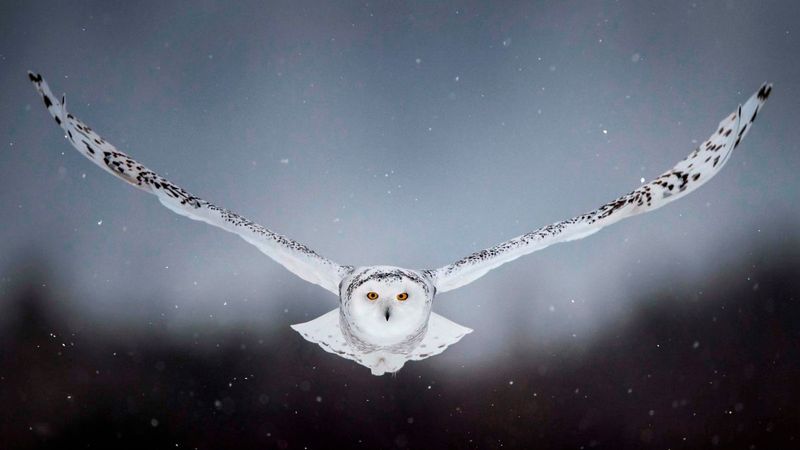
The Snowy Owl, with its striking white plumage, is a sight to behold in the mountainous regions. These owls are well adapted to cold environments, and their snowy appearance provides excellent camouflage against the backdrop of snow-covered mountains.
Snowy Owls hunt during the day and are known for their patience and precision.
They primarily feed on small mammals like lemmings, which they catch with their sharp talons. These owls are also known to travel long distances in search of food, showcasing their resilience and adaptability.
While they are more commonly associated with Arctic regions, Snowy Owls can occasionally be found in mountainous areas where the conditions are right.
Their presence in such habitats highlights the diverse adaptability of these majestic birds.
4. Bald Eagle

The national bird of the United States, is a magnificent sight in mountainous regions, especially near lakes and rivers. With its white head and tail contrasting against a dark brown body, the Bald Eagle is easily recognizable as it soars high above.
These eagles have large wingspans, allowing them to glide gracefully over water bodies where they hunt for fish. Their keen eyesight enables them to spot prey from great distances, making them formidable hunters.
Bald Eagles faced significant population declines during the 20th century, but conservation efforts have led to a remarkable recovery.
5. Bearded Vulture

This is a unique and fascinating bird of prey found in mountainous regions. Known for its distinctive feathered “beard,” these vultures are experts at soaring over rocky cliffs.
Bearded Vultures have an unusual diet compared to other raptors, as they primarily feed on bone marrow.
They have a remarkable ability to break large bones by dropping them from great heights onto rocks, a behavior that has earned them their name.
These vultures play a crucial role in the ecosystem by cleaning up carcasses and preventing the spread of disease. Their presence is a testament to the complex interconnections within the mountainous habitats they inhabit.
6. Harpy Eagle
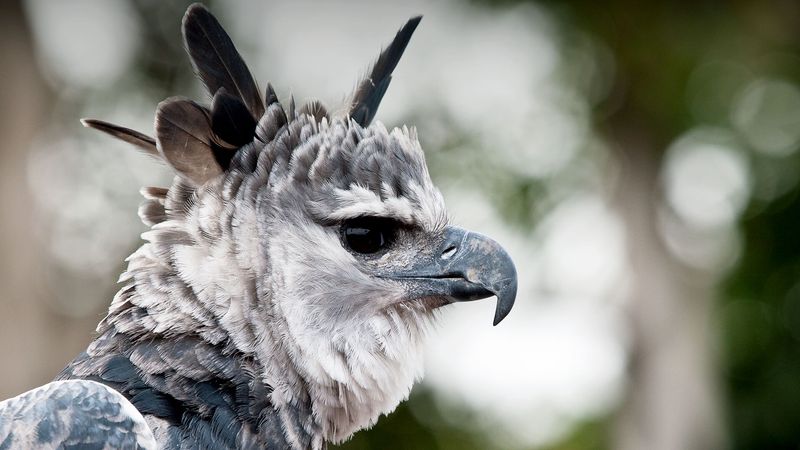
© San Diego Zoo Animals & Plants
The Harpy Eagle is one of the largest and most powerful eagles in the world, often found in the forests of mountainous regions. With its striking appearance and formidable talons, it is a sight to behold.
Harpy Eagles are known for their incredible strength, capable of hunting large prey such as monkeys and sloths. Their talons are as large as bear claws, allowing them to grip tightly onto prey.
These eagles play a vital role in maintaining the balance of their ecosystem by controlling prey populations.
7. Andean Condor

This bird of prey is a symbol of freedom and majesty, often seen soaring over the peaks of the Andes mountains. With one of the largest wingspans of any bird, these condors are built for long-distance flight.
Andean Condors are scavengers, feeding primarily on carrion. Their role in the ecosystem is vital as they help clean up the environment by consuming dead animals.
They have keen eyesight, allowing them to spot potential food sources from high altitudes.
These condors face threats from habitat loss and human activities, but conservation efforts are underway to protect their populations.
8. Short-Toed Snake Eagle
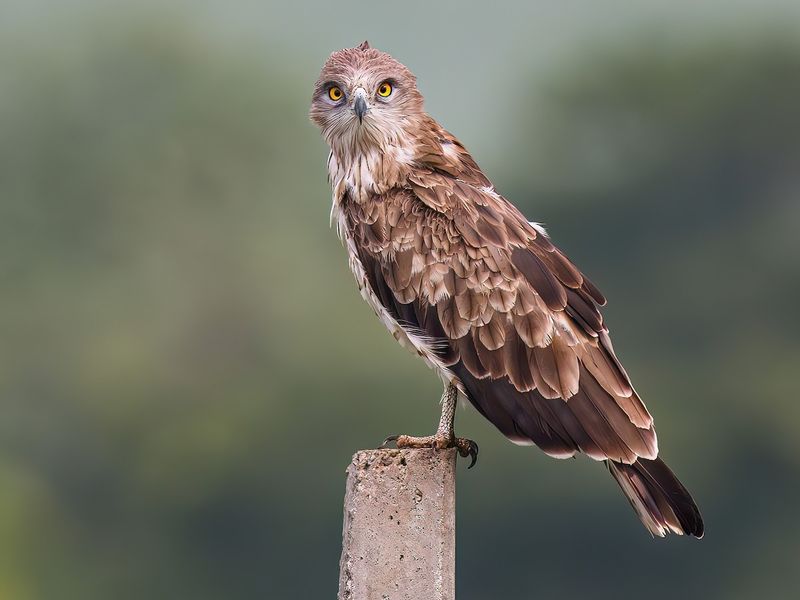
The Short-toed Snake Eagle is a specialized hunter, often seen hovering over rocky terrains in search of snakes. These eagles are adapted to mountainous regions, where their unique hunting skills are put to good use.
With keen eyesight and agile flight, the Short-toed Snake Eagle can spot snakes from great distances. They are capable of hovering in place, which gives them an advantageous position to strike quickly and accurately.
These eagles are solitary hunters, and their presence in the mountains underscores the unique adaptations required to thrive in such environments.
Conservation efforts are essential to ensure their continued survival in the wild.
9. Mountain Hawk-Eagle
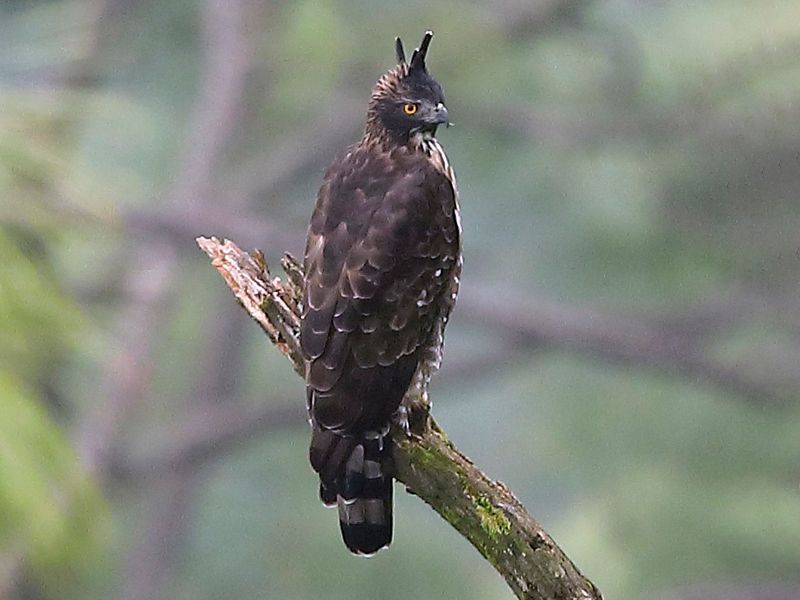
Often found perched on rocky cliffs with panoramic views of the mountains, these eagles are skilled hunters, known for their agility and strength.
Mountain Hawk-Eagles hunt a variety of prey, including birds and small mammals. Their powerful talons and sharp beaks make them efficient predators in their rugged habitats.
The presence of Mountain Hawk-Eagles in mountainous regions highlights the rich biodiversity and intricate ecosystems of these areas. Protecting their habitats is crucial to maintaining the ecological balance and ensuring these majestic birds continue to thrive.
10. Eurasian Eagle-Owl
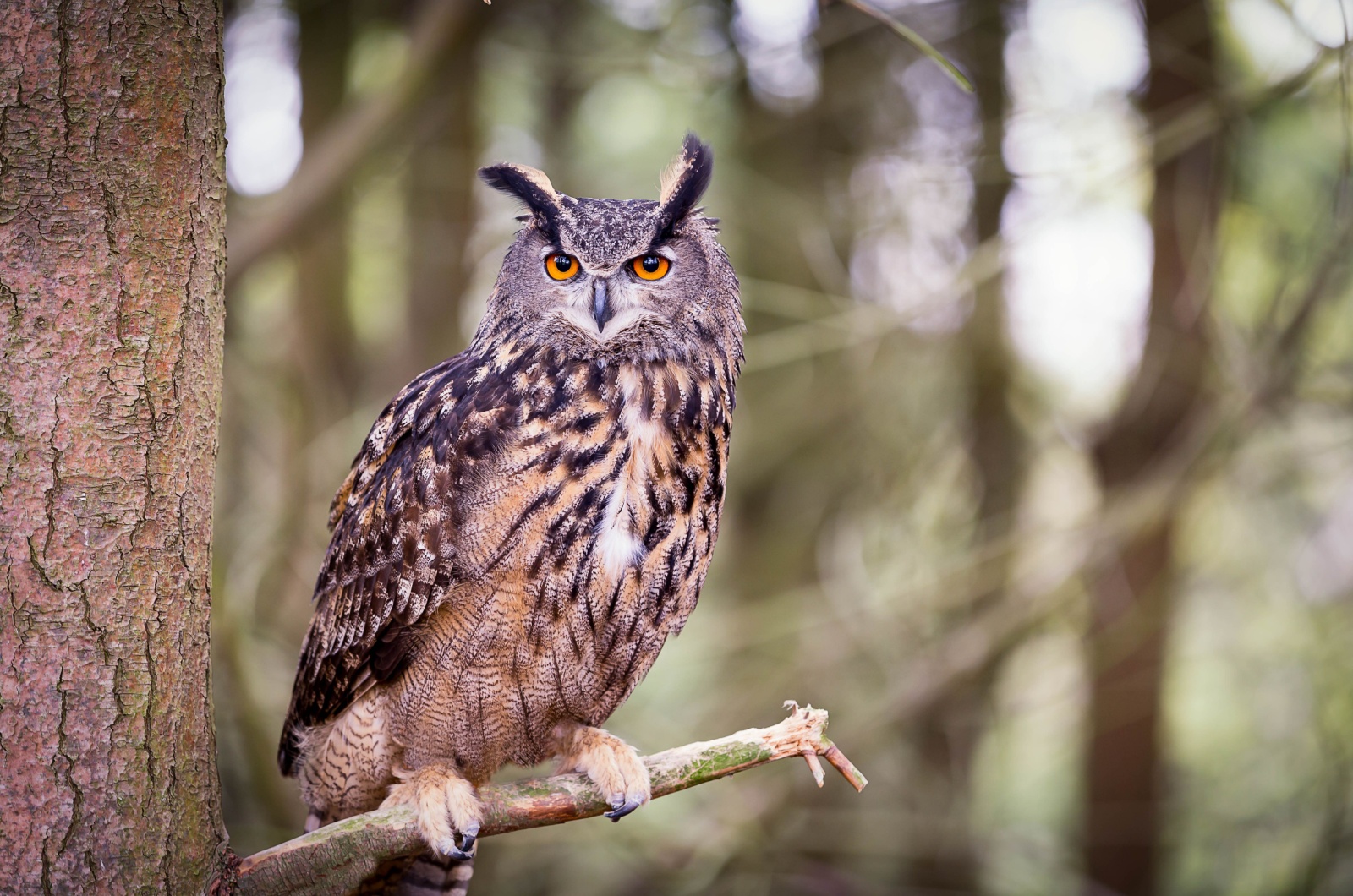
The Eurasian Eagle-Owl is one of the largest owl species and is often found in rocky mountainous areas across Europe and Asia.
With its powerful talons, sharp beak, and piercing orange eyes, it is a formidable predator. It preys on a variety of animals, including rodents, rabbits, and even smaller birds of prey.
Its ability to thrive in steep, rocky landscapes demonstrates its adaptability and hunting prowess, making it a true mountain monarch.
11. Philippine Eagle
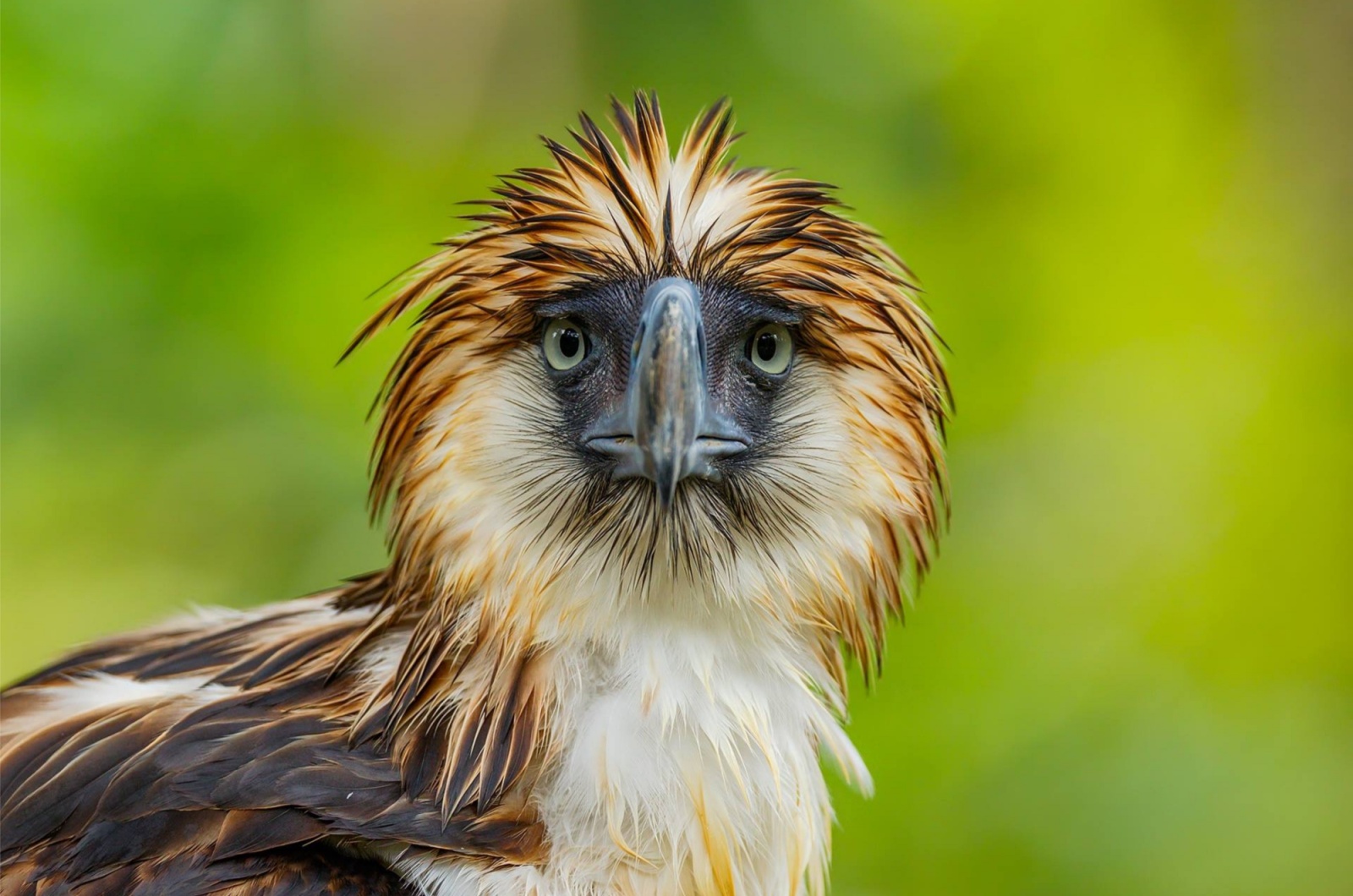
The Philippine Eagle, also known as the “Monkey-Eating Eagle,” is one of the largest and most powerful eagles in the world.
Found in the mountainous rainforests of the Philippines, this magnificent bird has adapted to hunting in dense, rugged terrain.
With a wingspan of up to 7 feet and sharp talons, it preys on monkeys, flying lemurs, and other forest creatures. Its striking appearance, featuring a shaggy crest of feathers, adds to its majestic presence in its high-altitude habitat.
12. Merlin
The Merlin is a small but fierce falcon, often seen in mountainous regions where it thrives as a skilled hunter.
With its rapid flight and sharp talons, the Merlin preys on small birds, insects, and even rodents, displaying remarkable agility and speed.
This raptor’s compact size allows it to maneuver easily through rugged terrains, making it perfectly suited for life in the mountains.
Despite its small stature, the Merlin is a formidable predator, known for its aggressive nature and keen hunting skills, which allow it to dominate in its habitat
13. Mountain Caracara
The Mountain Caracara is a striking bird of prey found in the high-altitude regions of South America, particularly in the Andes.
Known for its bold, inquisitive nature, the Mountain Caracara is a scavenger and opportunistic hunter, often seen foraging in rocky landscapes or perched on high vantage points.
With its dark plumage, bright orange facial skin, and strong beak, it is well-adapted to surviving in the harsh conditions of the mountains.
Although it is not as fast or agile as some raptors, the Mountain Caracara is a skilled forager, relying on its sharp eyesight and opportunistic hunting tactics to thrive in its rugged environment.

